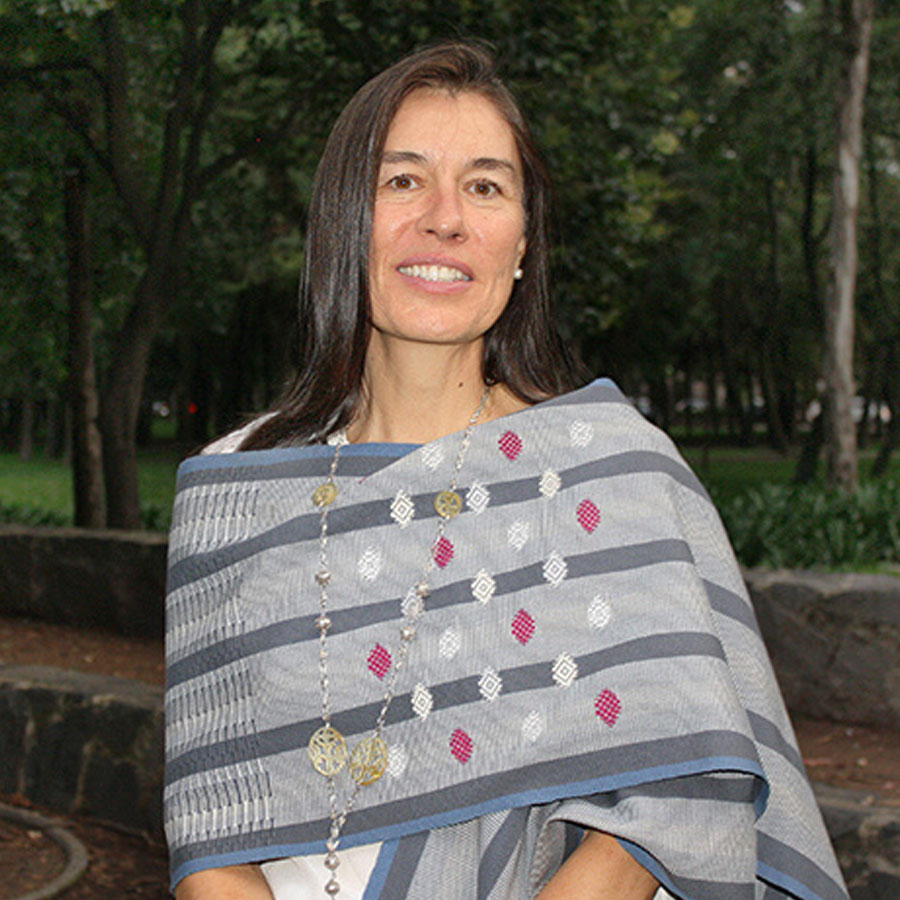Letter
By María de Lourdes Hernández Velasco and Renée González Montagut
Photo: Marco Ortiz | Shutterstock
In 2024, Mexican Fund for the Conservation of Nature (FMCN, acronym in Spanish) celebrated its 30th anniversary. Over these three decades, one of our greatest achievements has been being part of a broad network of partnerships spanning all sectors. FMCN is only as strong as its allies. From the global sphere to Mexico, and from cities to rural areas, FMCN currently supports 70 federal Protected Areas (PAs) through a solid collaboration with the National Commission of Natural Protected Areas (CONANP, acronym in Spanish), implemented via the Protected Areas Fund (FANP, acronym in Spanish). In three decades, this fund has increased by an order of magnitude. Thanks to the efforts of organizations from all sectors committed to conserving Mexico’s biodiversity, deforestation rates have decreased in comparison to other PAs without this funding. These outcomes show that working together delivers tangible results.
Beyond PAs, more than one hundred organizations are currently involved in FMCN-supported projects focused on the integrated management of priority watersheds. In regions of high biodiversity importance and high vulnerability to climate change, local organizations receive support to adopt forestry, agrosilvopastoral, livestock, farming, and fishing practices that promote the regeneration of natural resources. In cities looking toward a better future, ten local organizations have been strengthened over more than two decades to coordinate the efforts of multiple stakeholders working to ensure water security for future generations. The achievements of our thirty years are those of a connected, mindful, and active ecosystem working to secure the future for Mexico.
As a movement preoccupied and dedicated to safeguarding Mexico’s extraordinary natural wealth emerged and evolved, the challenges over the last 30 years have also intensified. Driven by population growth, and both the demand for, and unsustainable extraction of natural resources; we have reached critical levels. We need to take bold and innovative measures to prevent the extinction of the life forms that sustain our existence, reduce the emissions that are shifting global climate patterns, and adapt to the impacts we are already experiencing due to natural phenomena such as more destructive hurricanes, prolonged droughts, and devastating wildfires. Those of us living in this century are responsible for shaping the future of humanity. In the next thirty years we will determine which species our descendants will know and how severely future generations will suffer the consequences of our actions. There is still time to preserve much of Mexico’s biodiversity and avoid major climate-related damage to our territory.
As one of the 196 countries that endorsed the Kunming-Montreal Global Biodiversity Framework under the Convention on Biological Diversity, Mexico has committed to conserving 30% of its territory by 2030. While our country represents just 1.4% of the planet’s land surface, it is home to 12% of global biodiversity. This goal, known as 30×30, is a priority. Multiple strategies are necessary to ensure the effective management of nearly one third of Mexico’s territory, one of which is federal PAs. In 2024, the Government of Mexico, Conservation International (CI), and FMCN, building on nearly three decades of collaboration, secured approval for one of the four proposals selected globally by the newly created Global Biodiversity Framework Fund (GBFF) under the Global Environment Facility (GEF). Conserving Mexico’s biodiversity through communities and their Protected areas (MEx30x30) is the initiative that will mobilize the financial resources required to achieve effective management across all 232 federal PAs. By 2030, the goal is to ensure that 12% of Mexico’s terrestrial area and 24% of its marine territory under federal PA decree receive sufficient funding to preserve the country’s treasured biodiversity. To achieve the overarching goal of protecting 30% of national territory by 2030, it will be necessary to build connections with a wide range of efforts beyond PAs.
In 2024, during the Conference of the Parties to the Convention on Biological Diversity, held in Cali, Colombia, the GEF shared its pavilion for the first time with environmental funds from Latin America, Africa, and Asia. This strengthened global efforts toward the 30×30 goal. FMCN organized an exchange of experiences among peer funds from the three regions and hosted the presentation of MEx30x30, led by the Ministry of Environment and Natural Resources (SEMARNAT, acronym in Spanish) and the GEF. In addition, the coalition of organizations known as Enduring Earth signed a letter of intent with FMCN to support these efforts. These partnerships gained momentum as the Conservation and Sustainable Use of Mountains and Mountain Ranges (CoSMoS, acronym in Spanish) project progressed. This project supports 19 PAs in central Mexico with funding from KfW Development Bank.
FMCN is the first entity in Mexico accredited for direct access to the Green Climate Fund (GCF). In 2024, the GCF approved FMCN’s upgrade to a higher access level for climate finance. This recognition, together with the positive independent evaluation of the first GCF-funded project in Mexico, which focused on river restoration, enabled an increased funding request for a second project: Sustainable Communities for Climate Action in the Yucatán Peninsula (ACCIÓN, acronym in Spanish). This initiative will enhance the climate resilience of the Yucatán Peninsula. With MEx30x30 as co-financing, ACCIÓN will support the effective management of 20 PAs and the restoration of coastal systems in one of the most vulnerable regions to climate change.
FMCN’s 30th anniversary was celebrated in November 2024 in the historic Bosque de Chapultepec. More than two hundred partners came together to share stories and aspirations. Without a doubt, there is still a long road ahead and many challenges to face, but we are confident in the power of collaboration that has guided our first three decades and must be strengthened in the years to come so that the nature and culture that define Mexico continue to flourish. Thanks to long-standing and new partnerships, we are ready to redouble our efforts in the decades ahead.

María de Lourdes Hernández Velasco
Chairwoman of the Board of Directors

Renée González Montagut
Chief Executive Officer